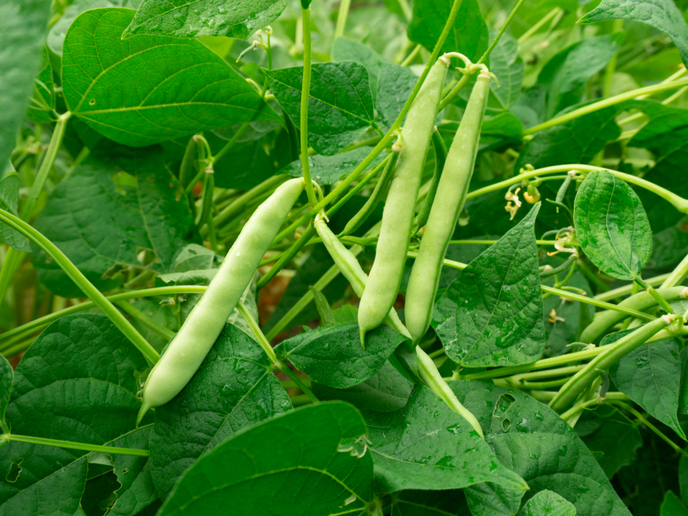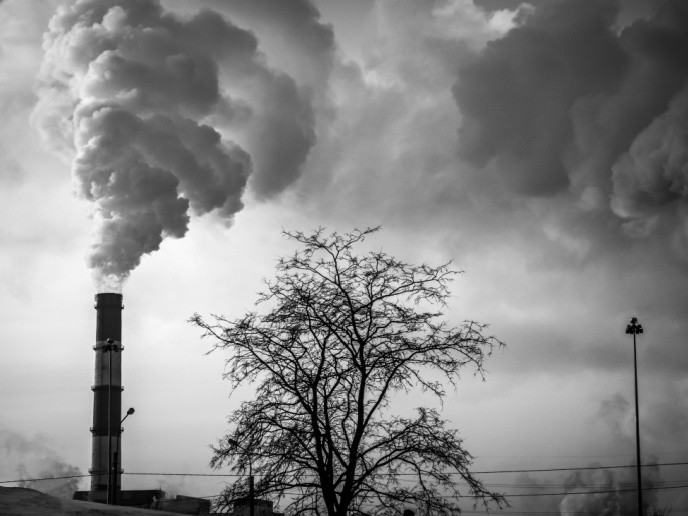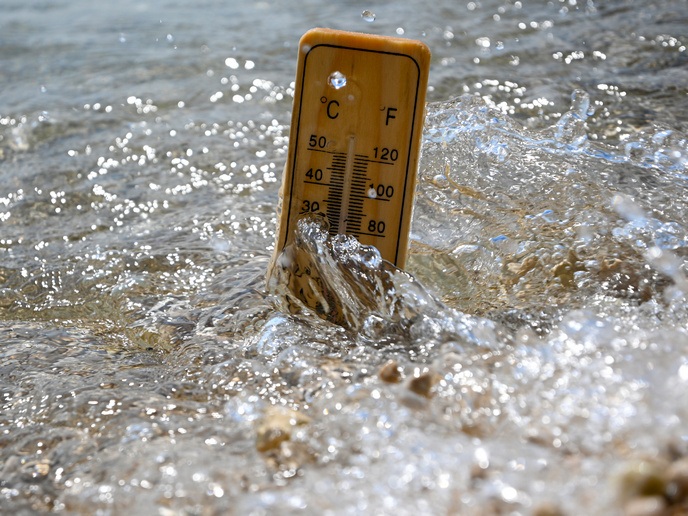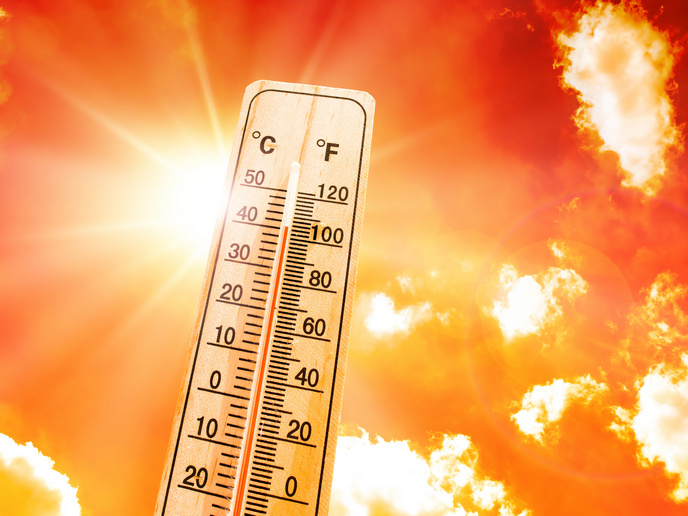Climate-resilient beans reduce water usage
Most bean agriculture is rainfed, not irrigated. Up to 80 % of crop yields can therefore be lost with the early onset of seasonal droughts, resulting in a significant increase in price and the need to import beans from abroad. One solution is the local production of beans with greater climate change resilience. The Pod Yield project, supported through the Marie Skłodowska-Curie programme, conducted comparative physiological and genetic analyses of drought responses in the common bean and the arid zone tepary bean. Scientists incorporated their observations into novel beans to test proof-of-concept techniques for improving water usage in legumes. First, they determined differences in leaf and pod responses to drought between the common bean and the tepary bean using epidermal dehydration (water loss), whole-plant growth and yield analyses, and terahertz spectroscopy. “Characterising drought responses through developmental, physiological and transcriptomic analyses helped us understand divergent approaches to water stress resilience,” comments MSCA research fellow Caspar Chater.
Role of stomata in drought resilience
Water-use efficiency can be improved by altering traits, such as size and density, in the beans’ stomata. The stomata are microscopic valves found on leaf and pod surfaces that control water loss and CO2 uptake for photosynthesis. “We compared stomatal traits across beans and used this information to enhance drought resilience by creating ‘climate smart’ bean crops for Latin American agriculture,” Chater explains. Reduced stomatal densities observed in tepary beans result in longer-term maintenance of water status and prolonged stomatal conductance under drought conditions. In this way, tepary beans can be seen to conserve water and maintain gas exchange and evaporative cooling mechanisms longer under water deficit, compared to the common bean. Results also showed that tepary beans are better at maintaining their seed filling under drought conditions. “We think this is due to tepary’s ability to extend gas exchange and fix carbon for longer under more extreme water deficit,” notes Chater.
Greater tolerance through genetic engineering
The team investigated the differences in gene expression between common bean and tepary bean in leaves and young pods during drought by producing and sequencing 24 RNA libraries. This included epidermal patterning genes potentially involved in the development of stomata in tepary beans. Epidermal patterning factors (EPFs) are small cysteine-rich secreted peptide signals that affect stomatal development. Excess EPF1 or EPF2 reduces stomatal densities in many plants, enhancing water-use efficiency and drought tolerance. Scientists tested whether EPFs could do this in the common bean. They identified several EPF-like genes in the common bean and developed and tested EPF overexpression constructs in the model laboratory plant Arabidopsis. “The experiments resulted in reductions in the proportion of stomata on the epidermal surface (stomatal index), suggesting that bean EPFs could be regulators of stomatal development in bean species,” Chater comments. The genes allowed scientists to modify the gas exchange properties of legumes to improve water-use efficiency and drought tolerance. They cloned and manipulated these genes in beans to produce plants with fewer stomata and lower water requirement. “By improving water use of bean crops, Pod Yield promotes more resilient systems of production under climate change, improves economic security for farmers and maintains sustainable sources of healthy food,” Chater concludes.
Keywords
Pod Yield, bean, water, stomata, drought, tepary bean, EPF, common bean, epidermal patterning factors







